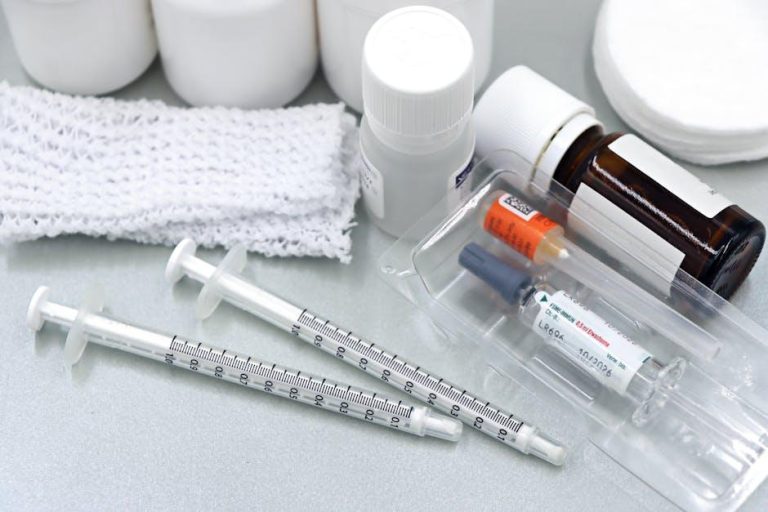2024 Oral Health Surveillance Report: Selected Findings – Centers for Disease Control and Prevention | CDC (.gov)
The Centers for Disease Control and Prevention (CDC) has recently published the 2024 Oral Health Surveillance Report, shedding light on critical trends and statistics surrounding oral health in the United States. This comprehensive report provides valuable insight into the nation’s oral hygiene status and highlights the ongoing challenges and progress in dental care. Whether you are a health professional, policymaker, or simply interested in oral health, this report offers crucial data to understand and improve the dental wellness of communities nationwide.
Introduction to the 2024 Oral Health Surveillance Report
The CDC’s Oral Health Surveillance system tracks oral health conditions, behaviors, and access to care across different demographics. The 2024 report updates surveillance data, revealing key findings on the prevalence of dental diseases, such as tooth decay and gum disease, and monitoring oral health disparities. Through this data, stakeholders can better design public health interventions, promote preventive care, and allocate resources effectively to vulnerable populations.
Key Selected Findings from the Report
The 2024 report highlights several urgent and notable findings that paint a complex picture of oral health in the U.S. Some of the most significant include:
- Dental Caries Prevalence: Tooth decay remains the most common chronic disease among children aged 2 to 19, affecting nearly 45% of this population.
- Periodontal Disease: Approximately 42% of adults over 30 have some form of gum disease, with severity increasing with age.
- Oral Cancer Awareness: Early-stage oral cancer detection rates have improved slightly but remain below optimal levels, underscoring the need for enhanced screening.
- Access to Dental Care: Nearly 20% of adults aged 18-64 reported avoiding dental care due to cost, highlighting a persistent barrier to oral health maintenance.
- Fluoride Use and Benefits: Water fluoridation coverage remains steady at around 73%, continuing to play a critical role in cavity prevention nationwide.
Table: Overview of Selected Oral Health Indicators (2024)
| Indicator | Age Group | Prevalence (%) | Trend Since 2020 |
|---|---|---|---|
| Dental Caries (tooth decay) | Children 2-19 | 45 | Stable |
| Periodontal Disease | Adults 30+ | 42 | Increasing |
| Oral Cancer Early Detection | Adults 40+ | 28 | Slight Improvement |
| Adults Avoiding Dental Care (Cost) | 18-64 | 20 | Stable |
| Population Receiving Fluoridated Water | All ages | 73 | Stable |
Understanding the Benefits of Oral Health Surveillance
Oral health surveillance, as conducted by the CDC, offers substantial public health benefits, including:
- Early Detection: Tracking trends helps identify emerging oral health problems before they escalate.
- Informed Policy Making: Data guides dental care policies and funding allocation targeted at high-risk populations.
- Public Awareness: Surveillance findings fuel educational programs to enhance preventive behaviors.
- Equity and Access: Insights into disparities help bridge gaps in oral healthcare availability.
Practical Tips for Maintaining Optimal Oral Health in 2024
While the CDC urges enhanced preventive strategies, individuals can actively improve their oral health by following these practical tips:
- Brush Twice Daily: Use fluoride toothpaste and a soft-bristled toothbrush to remove plaque effectively.
- Floss Regularly: Flossing daily helps prevent gum disease by removing trapped food particles.
- Limit Sugary Foods: Reduce consumption of sugary snacks and drinks to lower the risk of cavities.
- Visit Your Dentist: Schedule regular dental checkups and cleanings — ideally every six months.
- Stay Hydrated with Water: Drinking fluoridated water supports enamel health and overall oral hygiene.
- Quit Tobacco Use: Avoid smoking or chewing tobacco to reduce risks of gum disease and oral cancer.
Case Study: Impact of Oral Health Programs in Underserved Communities
One powerful example cited in the 2024 report illustrates the impact of targeted oral health initiatives in rural communities. The implementation of mobile dental clinics combined with community fluoride programs led to:
- A 15% reduction in untreated dental caries among children over two years.
- Increased dental visit rates by 25%, improving early detection of periodontal issues.
- Educational outreach improving oral hygiene practices among 65% of participating families.
This case underscores the need for sustained oral health surveillance and programmatic efforts to close gaps in care.
Firsthand Experience: How CDC Data Shapes Our Oral Health Choices
As a dental health advocate, I’ve seen firsthand how insights from the CDC’s surveillance reports influence community health programs. By understanding shifting trends, we can tailor education campaigns that resonate with specific groups—encouraging parents to bring kids for early preventive visits or motivating adults to seek care despite cost concerns. The 2024 report provides actionable data that empowers both clinicians and individuals to take charge of their oral health.
Conclusion: Leveraging the 2024 CDC Oral Health Surveillance Report for a Healthier Future
The 2024 Oral Health Surveillance Report from the Centers for Disease Control and Prevention is a cornerstone resource for understanding the current landscape of dental health in the United States. It reveals ongoing challenges—such as prevalent tooth decay in children, rising periodontal disease in adults, and barriers to access—while celebrating improvements in oral cancer detection and fluoride coverage.
By embracing the data and recommendations within this report, public health officials, dental professionals, and everyday citizens can champion improved oral care strategies. Staying informed helps shift the trajectory toward a future where oral diseases are minimized, and quality of life is enhanced for all Americans.
To learn more or access the full 2024 Oral Health Surveillance Report, visit the official CDC website at CDC Oral Health Surveillance.


